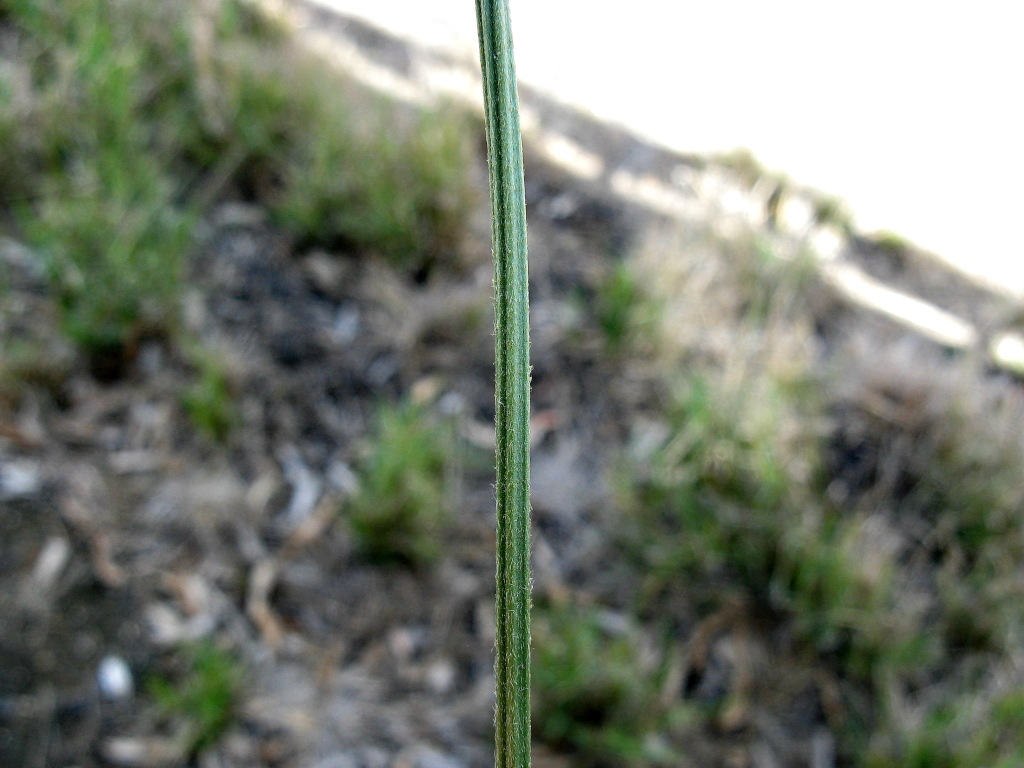Plantago lanceolata
L. RibwortTaprooted annual or biennial. Leaves rosetted, lamina lanceolate to elliptic, mostly 7–20 cm long, 1–4 cm wide, acute, pubescent to pilose, usually with 5 main veins, margins with a few small teeth; petiole usually 3–15 cm long. Spike ovoid to cylindric, usually 1–12 cm long, dense; peduncles 6–40(–50) cm long, longitudinally ridged, shortly antrorse-hairy; bracts obovate to elliptic, 3–5 mm long, acuminate. Sepals elliptic, 2.5–4.5 mm long, unequal, anterior sepals fused, bifid; corolla-tube 2–3 mm long, lobes 1.5–2.5 mm long, spreading or reflexed; anthers 1.5–2 mm long, exserted. Capsule ovoid, 3–4 mm long; seeds 1 or 2, ellipsoid, 2.5–3 mm long, yellow to pale brown. Flowers almost throughout the year but chiefly Sep.–Apr.
LoM, MuM, Wim, GleP, Brid, VVP, VRiv, MSB, RobP, MuF, GipP, OtP, WaP, Gold, CVU, GGr, DunT, NIS, EGL, EGU, WPro, HSF, HNF, OtR, Strz, MonT, HFE, VAlp. Naturalised in all States. Native to Europe and north and central Asia. Widespread and often abundant in Victoria where often found in gardens, pasture and other disturbed sites.
Branching of the inflorescence or the presence of a rosette of leaves at the top of the inflorescence are common abnormalities found in this species. The species is highly variable and the recognition of varieties (Pilger 1937) based largely upon leaf indumentum seems unwarranted (Briggs et al. 1977).
Jeanes, J.A. (1999). Plantaginaceae. In: Walsh, N.G.; Entwisle, T.J., Flora of Victoria Vol. 4, Cornaceae to Asteraceae, pp. 463–474. Inkata Press, Melbourne.
 Spinning
Spinning




